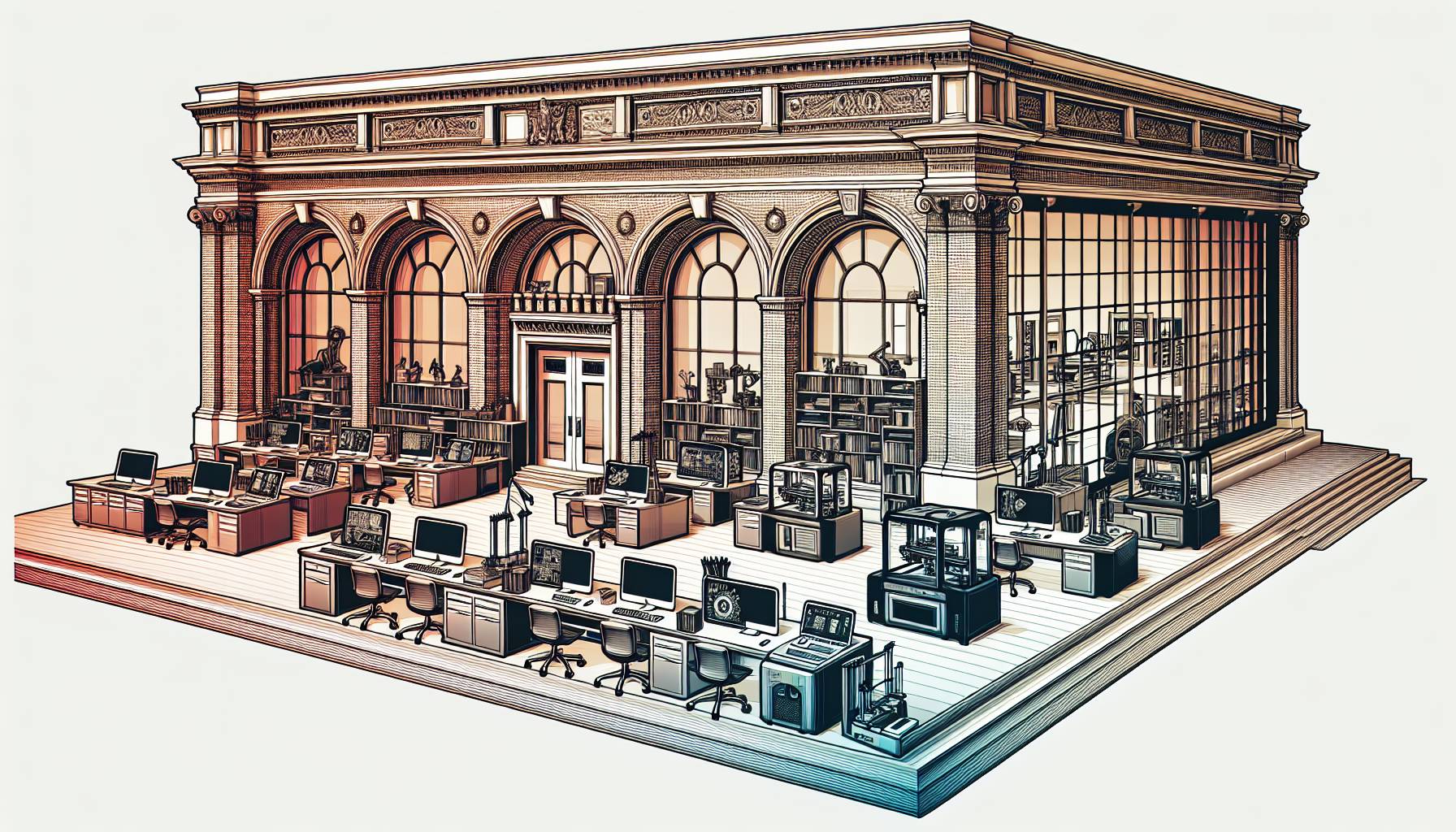The Digital Art + Technology initiative at Ohio University is shaping the future of digital art education. It combines theory and hands-on practice to prepare students for a thriving sector of art that is continually evolving.
Guided by a progressive approach of integrating creativity with technology, the initiative imparts valuable technical skills and project management tactics, thus molding future innovators in the realm of digital art. Assistant Professor Basil Masri Zada plays an instrumental role in encouraging artists to leverage the unimaginable potential and tools technology offers for artistic expression.
Partnerships with tech companies are forged to ensure that the curriculum remains updated, fostering an environment that promotes diverse thinking, especially from marginalized voices. The result – a generation of artists who can courageously experiment, innovate, and redefine artistic expressions. Glimpses of such creative bravery can be noted in the success stories and unique artworks of the students.
Central to the initiative is the emphasis on experiential learning. Through courses on digital drawing, painting, animation, creative coding, and digital fabrication, students are offered a plunge into the whole process. A multidisciplinary approach is weaved into the curriculum to incorporate aesthetics, design thinking, and technology.
Fostering innovation in digital art at Ohio University
As a result, students develop unique artistic styles and problem-solving skills. Gaining exposure to a diverse array of digital art forms further enriches their original creations.
The initiative aims to turn digital art enthusiasts into proficient artists by providing access to advanced tools and technologies such as laser etching, 3D printing, and high-level programming languages. A state-of-the-art lab backs up classroom teachings, ensuring students get to explore the depth of their creativity. Industry interactions supplement their learning, offering a peek into the practical world of digital art.
Equipped with a plethora of standardized software and technology applications like 3D modeling, AI integration, online collaborative platforms, cloud-based tools and more, the initiative endeavors to provide a comprehensive skill set. Along with this technical prowess, students also learn the underlying theoretical concepts to produce innovative digital designs.
Recognizing the influence of artificial intelligence (AI) in the future of art, the curriculum incorporates AI practices and ethical considerations. Professor zada states that AI has been reintroducing to the field, revolutionizing the art world, and making it more accessible. The program’s focus on ‘technological art’ bridges traditional art with cutting-edge technology. Hence, students are prepared to navigate the rapidly changing landscape of art fused with AI.







